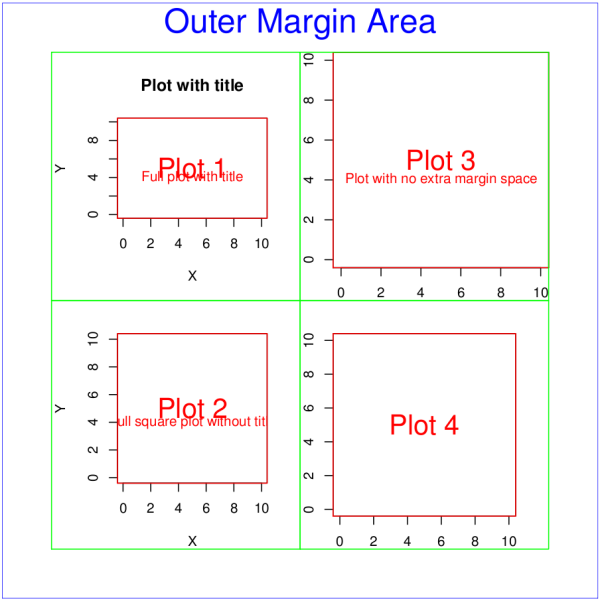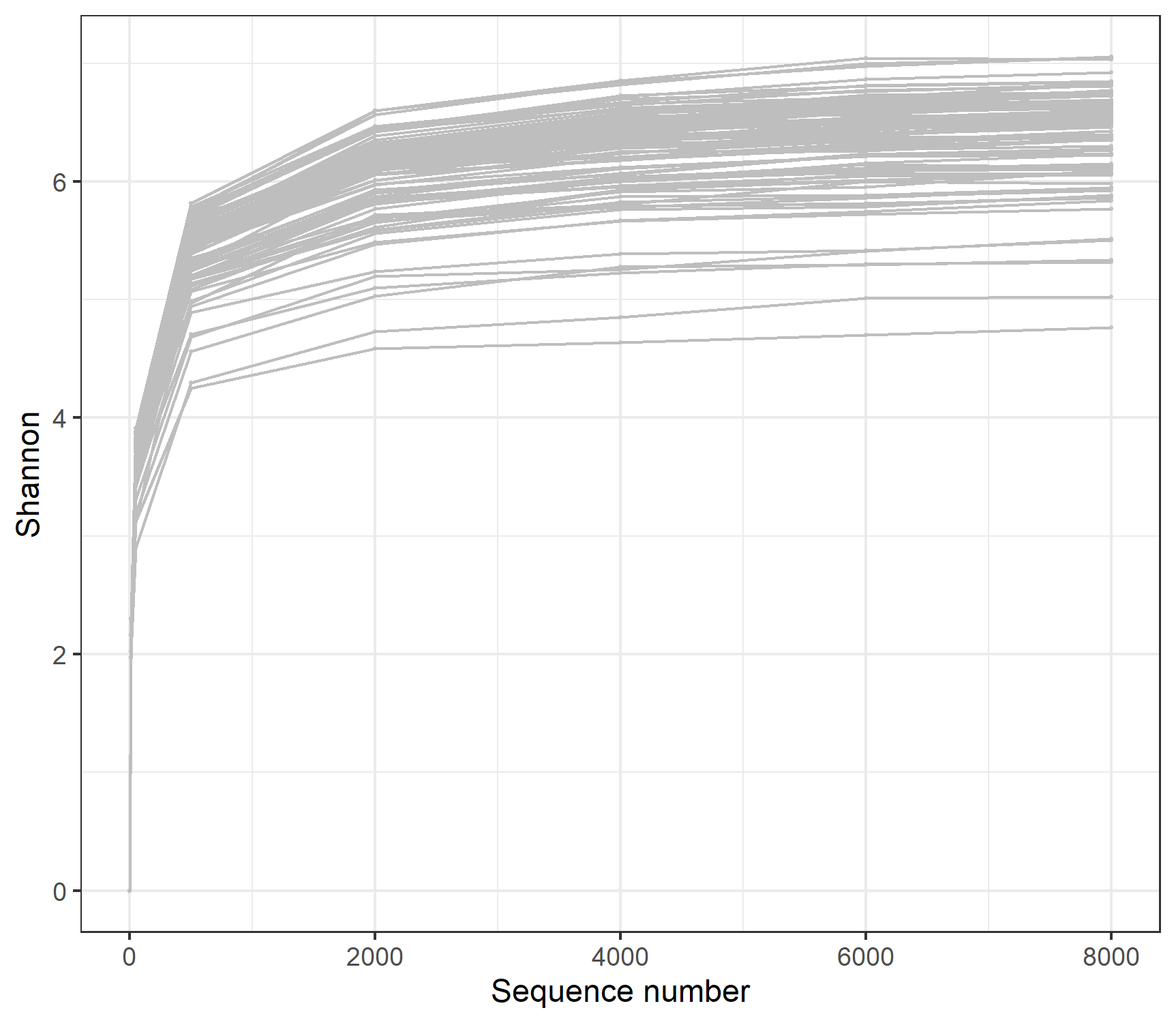



Another option is to standardize data to the same number of individuals (this is possible in case of abundance-based data) or the same coverage (this is possible for both abundance- and incidence-based data). The original data are standardized to the area (at each locality, the total of 0.25 ha was surveyed), which is a common approach for vegetation ecologists. For this, we need to standardize data to a common base. Our aim will be to compare diversities of forest vegetation in different elevation. Dataset is prepared in two forms: abundance data ( hp.abund) contains numbers of individuals for each species at each locality incidence-based data ( hp.incid) contains incidences of each species at each locality (incidence is the presence of species in a subplot made within each locality each species at the locality can incidence number up to 25, i.e. At each locality, a 1-ha plot has been established, and within the plot, 25 10×10-m subplots have been sampled on an even grid (since there are gaps between the subplots, in total 25×0.01-ha = 0.25-ha area was surveyed within each locality see data description for details). We will use vegetation data from One-hectar plots in different forest types across Taiwan, containing the survey of woody species at seven localities sampled in different elevations in Taiwan.


 0 kommentar(er)
0 kommentar(er)
